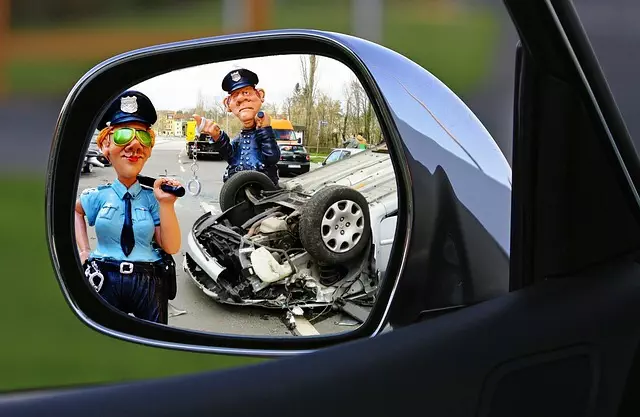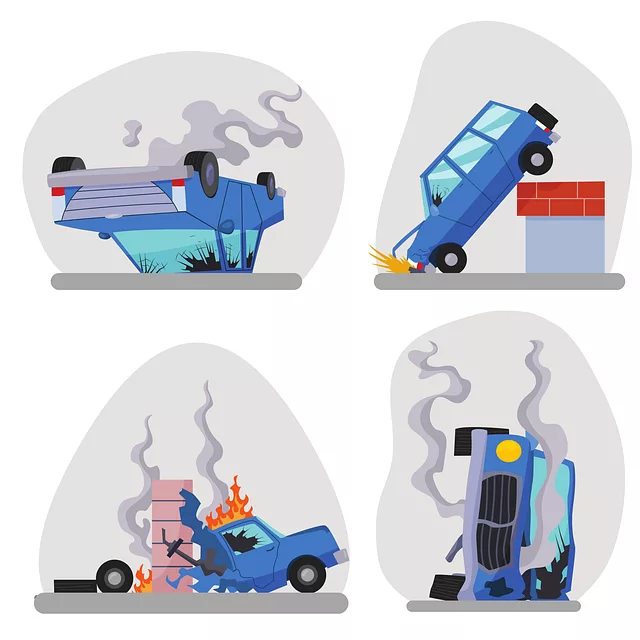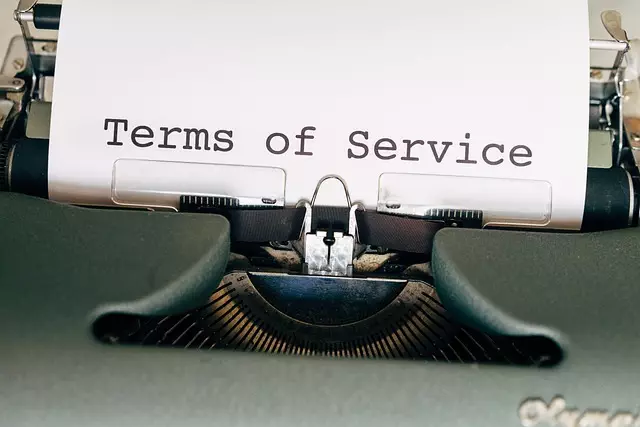In Queens, slip and fall accidents on wet floors are governed by New York State laws emphasizing victim safety and accountability. Property owners or managers can be held liable for negligence if they fail to maintain a safe environment, address spills promptly, and ensure adequate lighting, as required by OSHA regulations aimed at preventing workplace safety violations. Understanding your rights under these regulations is crucial if you've experienced a slip and fall incident, enabling you to file complaints with OSHA or seek legal compensation.
In Queens, slip and fall accidents on wet floors can have severe consequences. If these incidents occur due to a property owner’s negligence—such as inadequate warning signs or poor maintenance—you may be entitled to compensation. Understanding your rights in these cases is crucial, especially given the specific legal landscape of New York State. This article explores workplace safety regulations and your entitlements, focusing on common violations that can lead to successful claims for slip and fall accidents in Queens.
- Understanding Slip and Fall Cases in Queens: A Legal Perspective
- Workplace Safety Regulations and Your Rights in New York State
Understanding Slip and Fall Cases in Queens: A Legal Perspective

In Queens, slip and fall cases on wet floors are governed by a legal framework that prioritizes victim safety and accountability. From a legal perspective, these incidents often hinge on establishing liability, which can rest with property owners or managers if they were negligent in maintaining a safe environment. Workplace Safety Violations Queens is a critical aspect of such cases; it implies that the defendant failed to adhere to industry standards and local regulations designed to prevent accidents. For instance, New York State laws require reasonable care to ensure premises are free from hazardous conditions known to cause slips and falls.
When investigating these cases, legal professionals scrutinize factors like the presence of warning signs, the immediacy of cleaning up spills, and the availability of lighting. If a property owner or manager knew or should have known about a wet floor but failed to take adequate measures, it can constitute negligence. This legal perspective underscores the importance of proper flooring maintenance and safety protocols in public and commercial spaces, ensuring that folks don’t suffer injuries due to preventable workplace safety violations Queens residents trust lawyers to address.
Workplace Safety Regulations and Your Rights in New York State

In New York State, including Queens, workplace safety is governed by a series of regulations designed to protect employees from hazardous conditions. The primary authority is the Occupational Safety and Health Administration (OSHA), which sets standards for most workplaces, though specific industries may have additional protections. Employers are responsible for maintaining safe working environments, conducting regular inspections, and addressing any identified risks, especially those related to wet floors, to prevent slip and fall accidents.
If you or someone you know has experienced a slip and fall incident due to a wet floor in Queens, understanding your rights under these regulations is crucial. New York State laws grant employees the right to file a complaint with OSHA if they believe their employer is violating safety standards, which may include seeking legal counsel for compensation if the accident resulted in injuries. Workplace Safety Violations in Queens can have severe consequences for employers who fail to uphold these regulations, potentially leading to fines and litigation.
In the context of workplace safety violations in Queens, understanding your legal rights is paramount. Whether a slip and fall occurred on a wet floor or due to other negligence, knowing how to navigate these cases is crucial. By familiarizing yourself with both state regulations and legal perspectives, you can ensure that your rights are protected and seek the compensation you deserve for any injuries sustained. Remember, workplace safety is not just about compliance; it’s about ensuring a secure environment where everyone can work without fear of harm.
